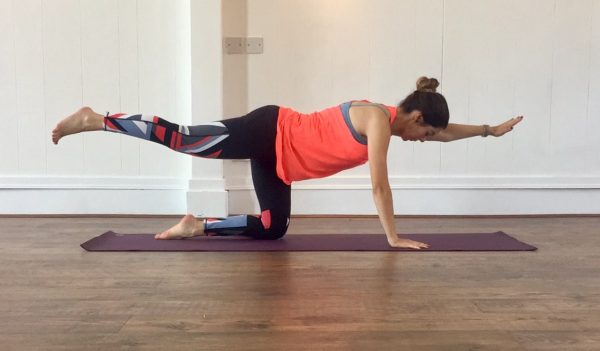Tightness in a muscle does not always mean you need to stretch! Yes, tight muscles DO need stretching to relieve this tightness, but have you ever found that you keep stretching the tight spot and it continues to feel tight, or that the tightness returns shortly after? There may be much more to the situation than just stretching required.
Muscles are contractile tissues, which means that they are supposed to contract (tighten), and relax in order to function. When the muscle contracts, the filaments (actin & myosin) come together in order to produce the force for the action required. The filaments should then relax back to their resting length. The resting length has the greatest opportunity for the muscle to produce a force (action) as there is room for the filaments to come together.
If the muscle were to remain in a slightly contracted state, the muscle force it can produce becomes limited as the filaments are already close together and therefore have a limited range to contract further. This means the muscle will feel tight, however it may ALSO present as a weaker muscle. This is because the force it can produce is now limited. In this incidence, STRENGTHENING the muscle may actually be the answer! As the muscle gets stronger it will tighten less and hopefully return to its resting length in between contractions.
So why do muscles get tight in the first place?
- From being worked hard. Excess usage means they don’t get a chance to relax fully and they remain tight.
- From being held in un-natural positions such as poor postures for prolonged periods of time. The muscles tighten up to try and support the new posture.
- From trying to compensate for tight and/or weak muscles elsewhere. If one area is weaker then another area has to work harder to make up for this and as a result the muscle can tighten up.
- From being weak. A muscle held in the contracted position for a prolonged period will be a weaker muscle, and therefore will show as tight.
So if you have a tight muscle consider why it is tight.
If it is because of No. 1 or 2 above, then stretching it is probably the answer.
If it is because of No. 3 or 4 then you may need to implement strengthening exercises to relieve this tightness long-term.

What else can you do?
Pilates addresses all of these problems by providing a whole body strengthening and stretching approach. Pilates exercises look at re-balancing the entire body to ensure all the small, stabilising muscles are activating when they should be and therefore avoiding excess load to other muscles. The mobility and stretching aspects create movement through all the joints and allow the muscles to expand to their required lengths, whilst restoring them to their resting lengths too.
Summary
Tight muscle = Stretch to relieve the tight discomfort (short-term relief)
Tight muscle = Weak muscle = Needs strengthening to prevent it constantly working overtime and tightening up as a result
Tight muscle = Weak muscle elsewhere making this one work harder to compensate = Strengthen other surrounding muscles
